Galápagos Islands Wildlife Images - Andrew Peacock
Director of Photography for Lindblad Expeditions Ralph Lee Hopkins puts it well when he says "What makes Galápagos special for photographers and nature lovers is the full frame, up close and personal experience, like few places in the world".
I was delighted to find myself on a trip to the Galápagos in 2015 aboard Lindblad’s National Geographic Endeavour in my role as an educator for Expedition and Wilderness Medicine. It was a fabulous opportunity for me to shoot portraits of the unique endemic wildlife there.
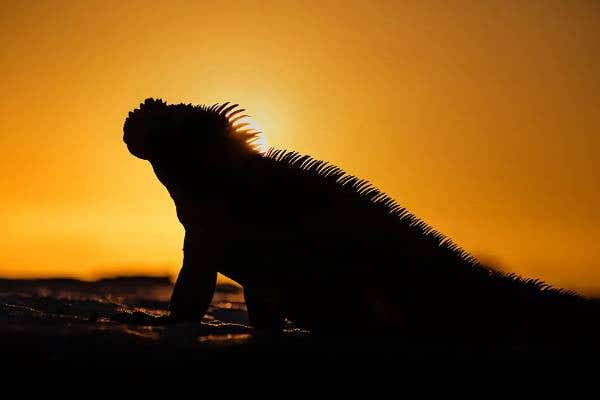

Adding to the fun was a chance to test out the relatively new full frame Canon 5DSR camera body. The exterior of the 5DSR is almost identical to my 5D Mark III with the bonus that it fits my current Aquatech water housing so I was ready to shoot in and above the water from day one.
The 7-day itinerary covered a lot of ground in this well protected environmental habitat. Naturalists on the ship accompanied groups of passengers on daily shore walks and into the water snorkeling in relatively protected deep waters and everyone was able to learn from their experience.
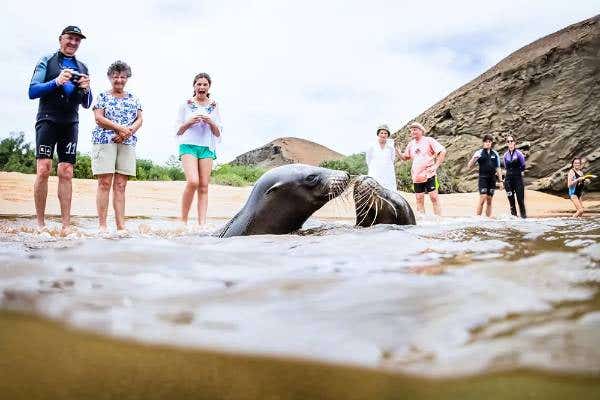

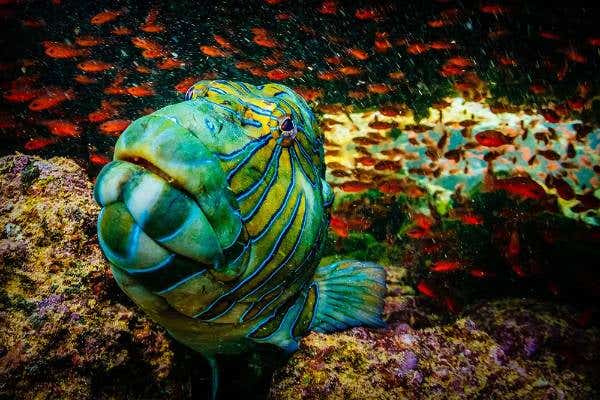

There is no question that the best wildlife photos come from taking the time to slow down, watch, wait and really observe and understand the behaviour of an animal. If you want to see a wonderful example of this approach then take the time to watch this video by French photographer Vincent Munier.
His unique photos of arctic animals really stand out. A long telephoto lens is also a good idea so you can get in close and really capture interesting details perhaps showing an aspect of the animal that might not usually be obvious.
The huge file size captured with the 5DSR meant that I also had the option to crop in tightly in post processing and still have a decent size file to work with. The extreme close up of the Marine Iguana in this series is a good example of that.
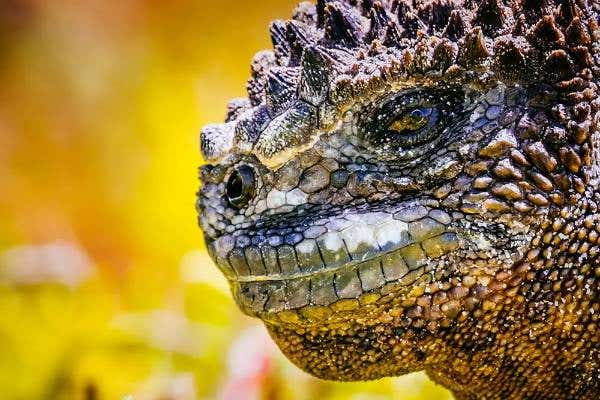

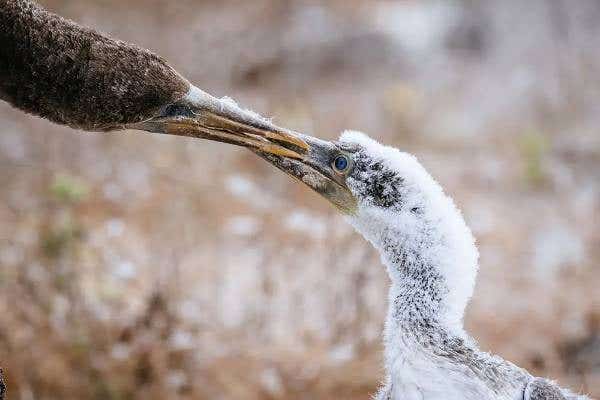

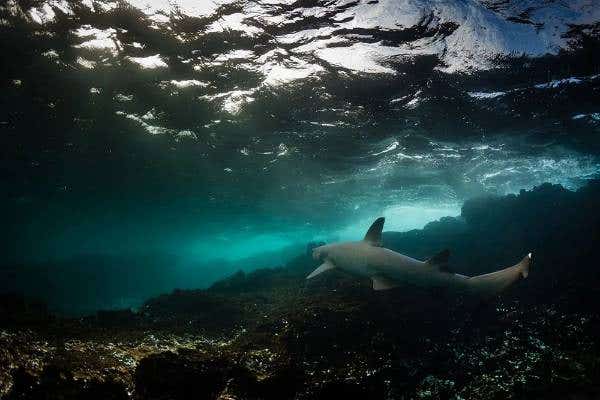

Photographing in the water requires a new set of skills, something I am very much still working on acquiring. Testing everything before getting in the water and preplanning the camera settings is essential because only some camera functions are available once the camera is in the housing.
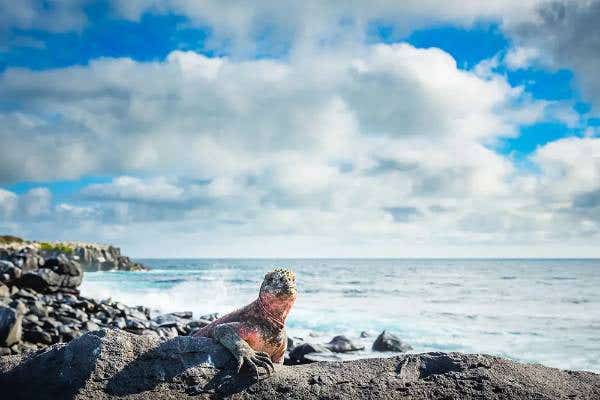

I like to use a fisheye lens and a large dome port which allows for the classic under/over photo but I can assure you that it is still a hit and miss effort much of the time and experimenting with angles and light direction is all part of the game. I was pleased with the photo you see here of a snorkeler interacting with one of the inquisitive sea lions.
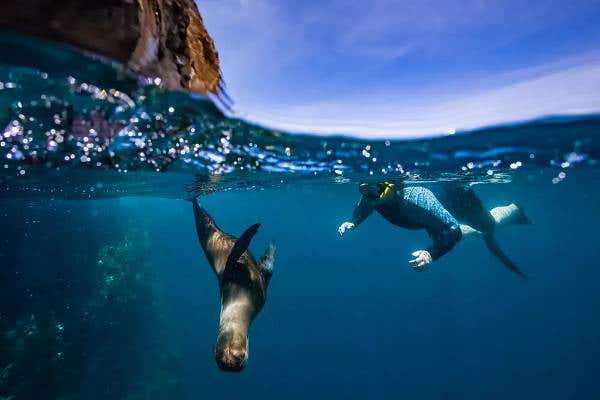

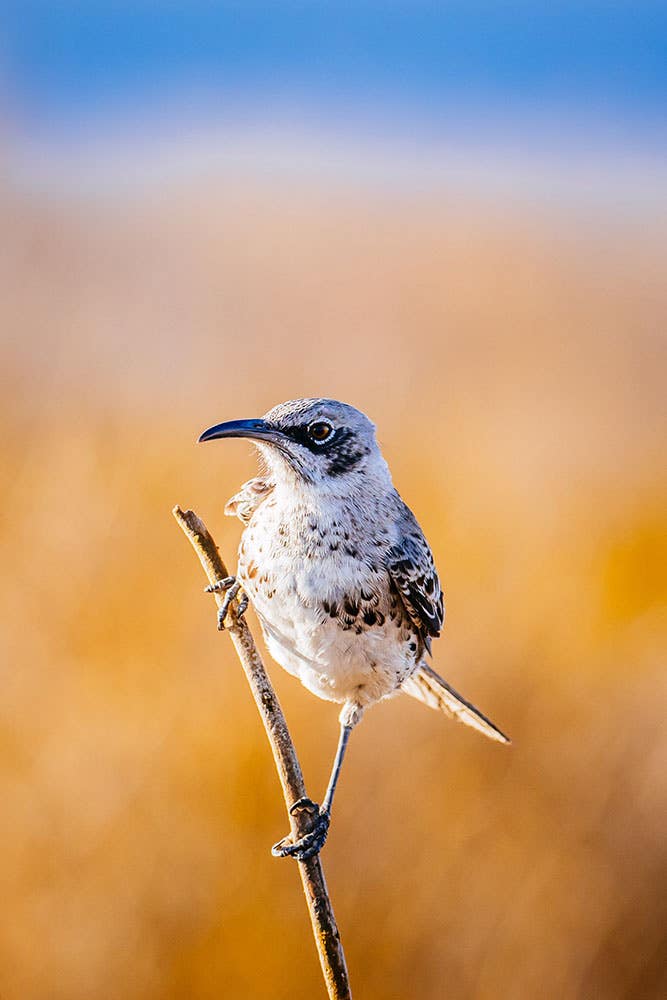

I know that the Galápagos Islands are on many a keen traveller’s bucket list and now I know why. As a photographer many more trips would be needed to bring back some really unique wildlife images and I hope to get the chance to go again in the future. I certainly recommend this brilliant travel destination and a ship based journey is the most efficient way to see the islands.
I particularly enjoyed learning about 'Darwin's finches', the endemic birds of the Galápagos that were highly significant in the development of the theory of natural selection. The most important differences between species are in the size and shape of their beaks, and the beaks are highly adapted to different food sources such as cacti in the case of the Cactus finch pictured in this series.
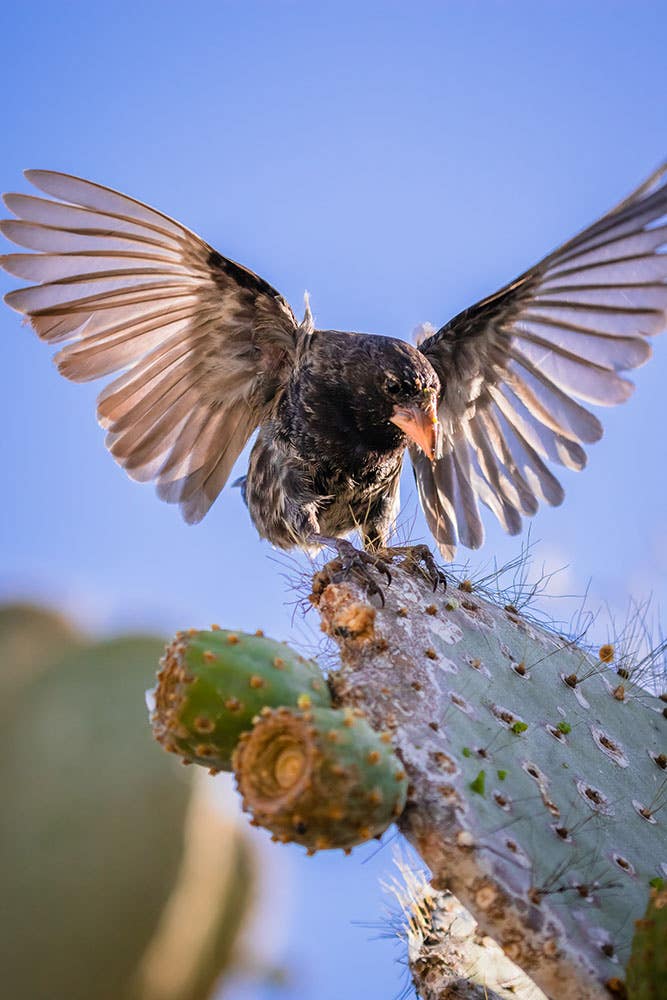

Next Post
Your traded-in Cameras - A new lease on life
Previous Post
Ted's - Hands On Review Of The Canon Powershot G5X & G9X
